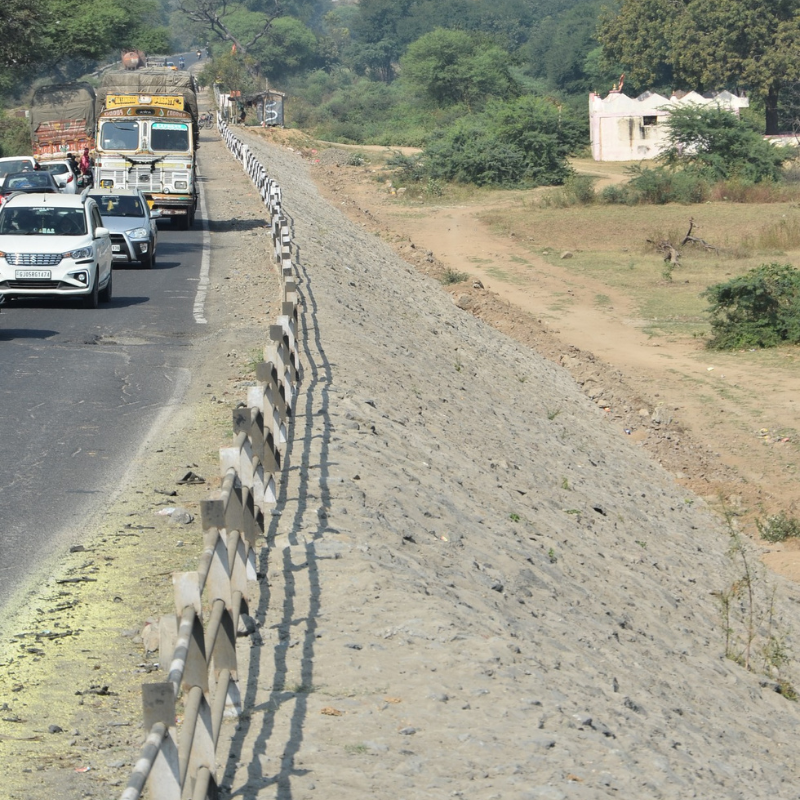
Erosion caused by water, wind, or other natural forces is a significant challenge for infrastructure, especially in areas with steep slopes, riverbanks, or coastal regions. When water flows over unprotected surfaces, it can wash away the soil and damage vegetation, destabilizing the land and leading to loss of agricultural land or infrastructure integrity. Stone pitching offers an effective solution for these challenges by using large stones or rocks to cover the surface and prevent the underlying soil from being washed away.
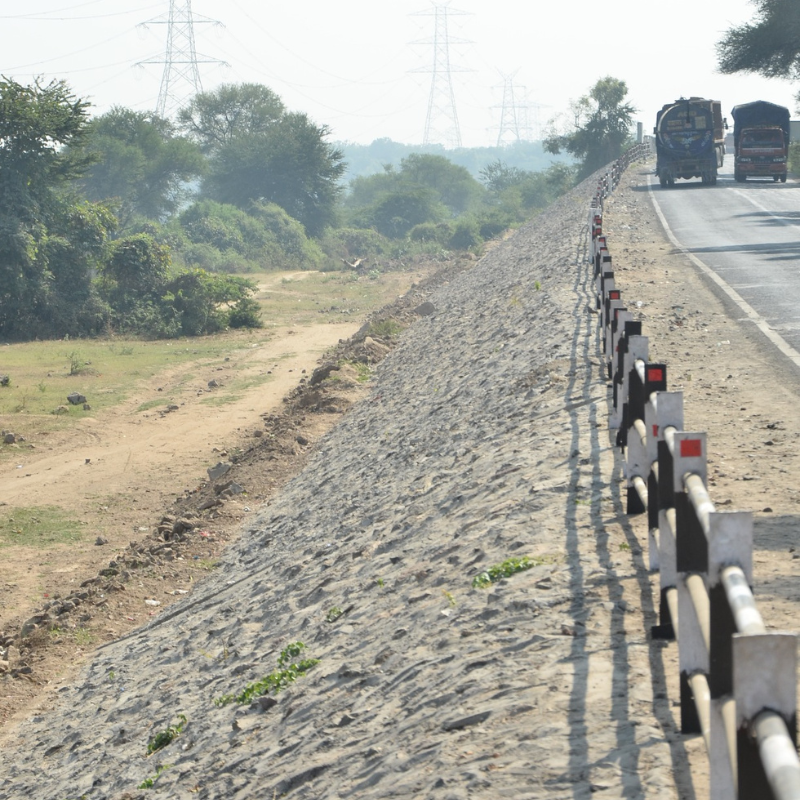
The technique is particularly useful in flood-prone areas, along riverbanks, and near infrastructure like roads and bridges, where stability is crucial. It is also an environmentally friendly method, as it utilizes natural materials and integrates well with the surrounding environment.
Erosion caused by water, wind, or other natural forces is a significant challenge for infrastructure, especially in areas with steep slopes, riverbanks, or coastal regions. When water flows over unprotected surfaces, it can wash away the soil and damage vegetation, destabilizing the land and leading to loss of agricultural land or infrastructure integrity.
Stone pitching involves a detailed and systematic approach to ensure its effectiveness:
Site Preparation: The first step is to prepare the site by clearing any vegetation and debris. The slope or embankment surface is then leveled or shaped to ensure proper placement of the stones.
Selecting Stones: The stones used for pitching are carefully selected for size and shape. They need to be large enough to stay in place under the impact of water flow. The stones are also chosen for their durability and ability to withstand weathering and erosion over time.
Placement of Stones: The stones are then laid on the surface, starting from the bottom of the slope and working upwards. The stones are positioned tightly together to form a stable, interlocking pattern. This ensures that they remain in place even when subjected to the force of flowing water.
Securing the Stones: In some cases, the stones are anchored with mortar or other binding agents to enhance stability. However, in many cases, the weight and interlocking nature of the stones are sufficient to keep them in place.
Finishing Touches: After the stones are in place, the surface may be smoothed and compacted to ensure that there are no gaps or weak points that could allow water to seep through and cause erosion.
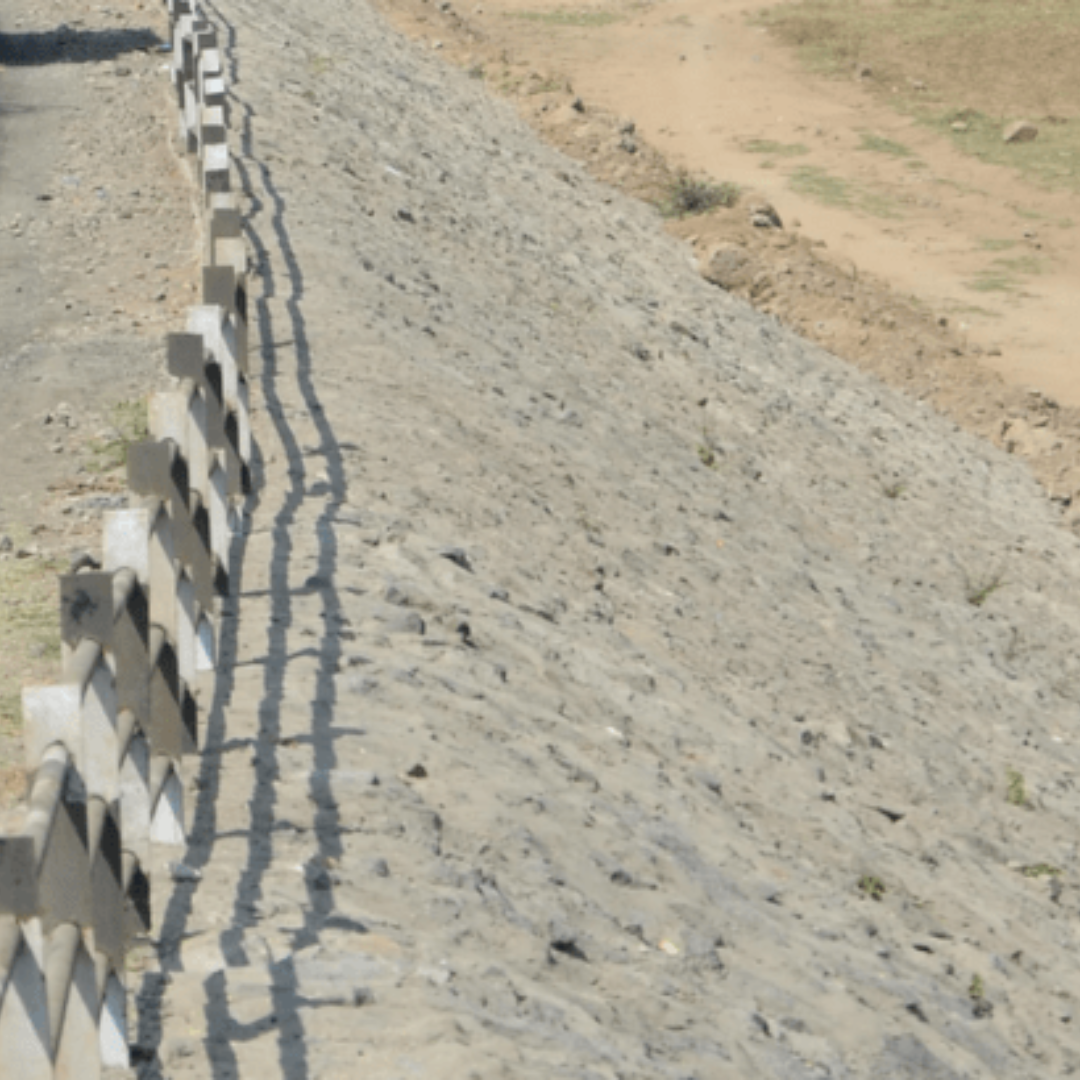
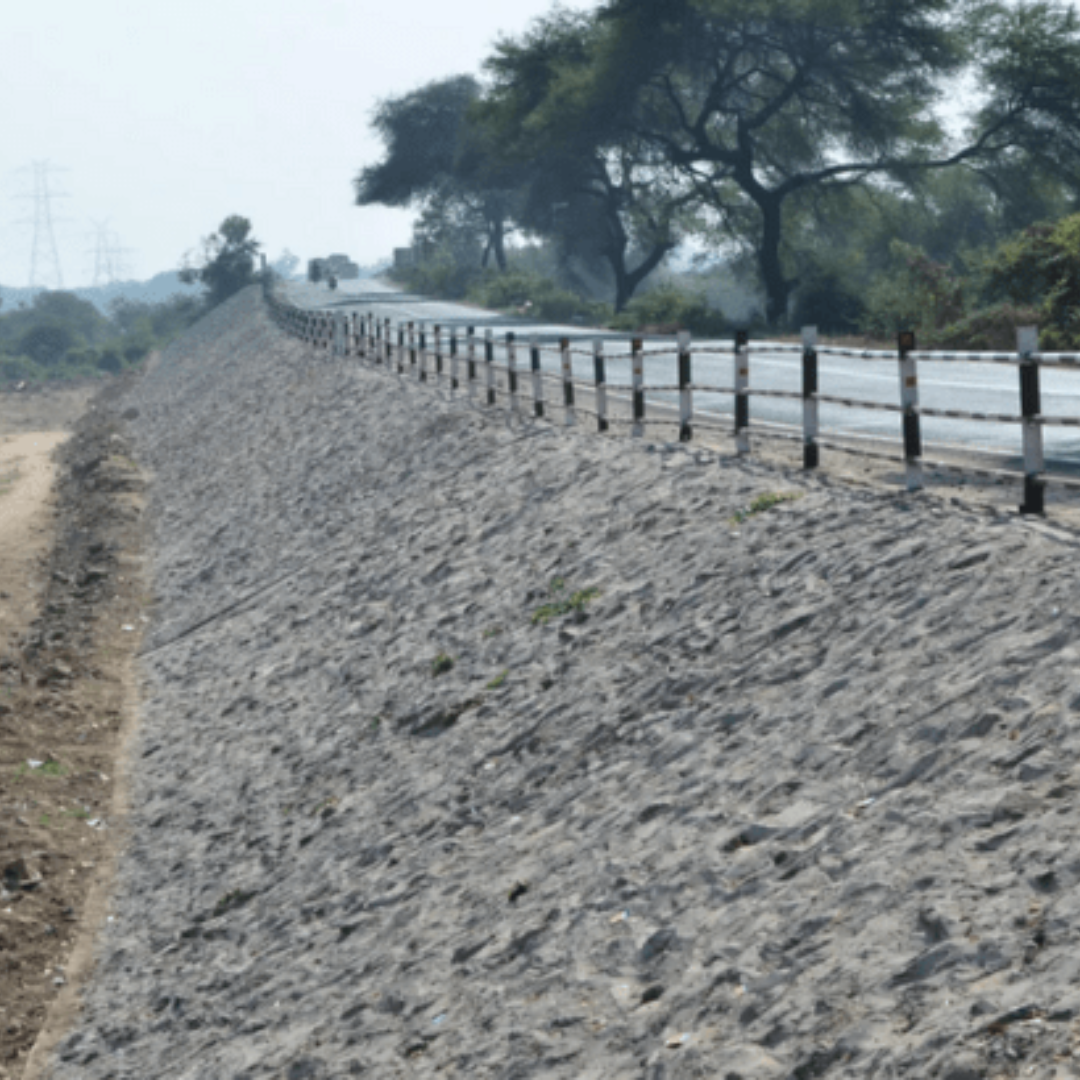
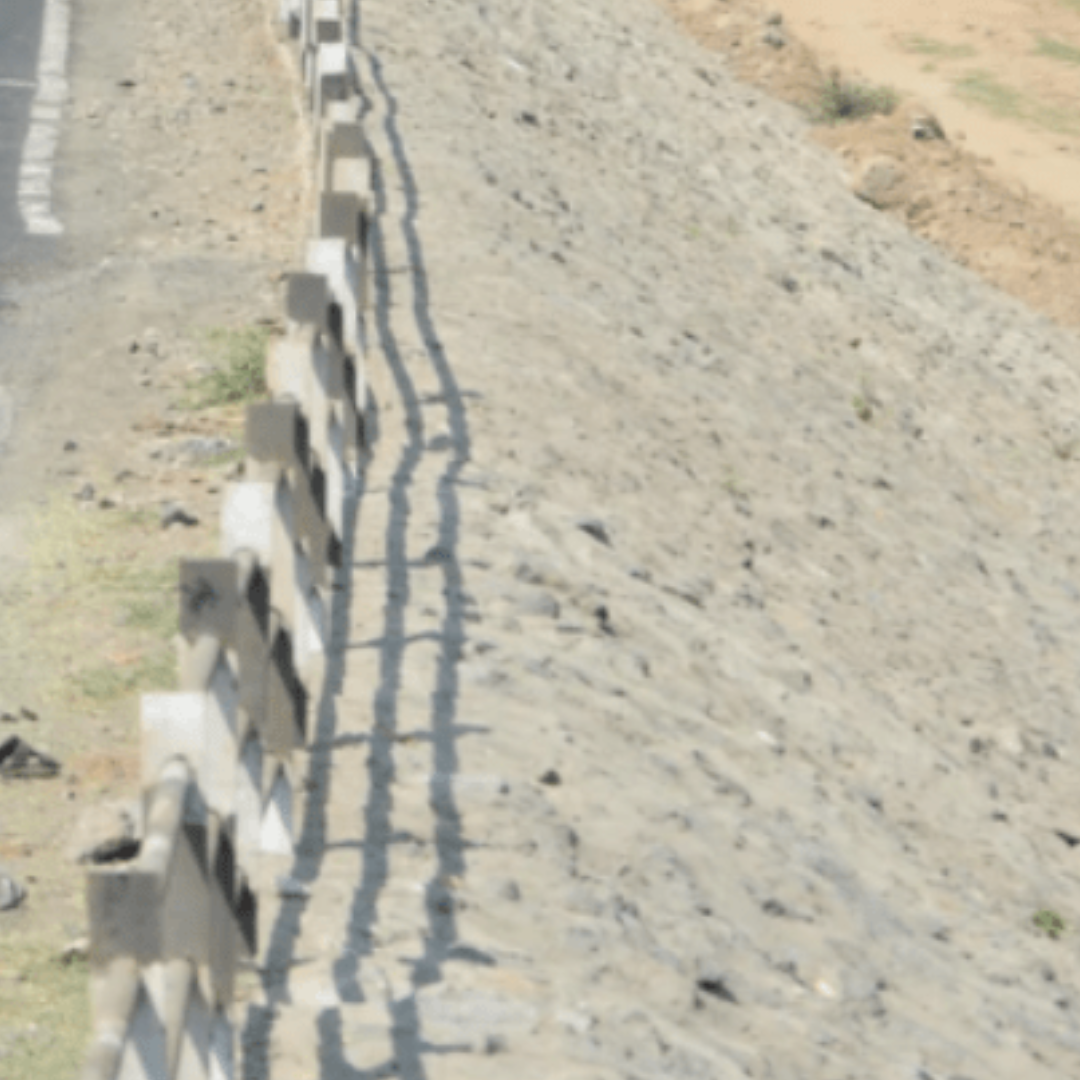
SK Construction is a leading construction company known for delivering innovative, high-quality, and sustainable infrastructure solutions.
+91 9662601454
+91 7359543389
sk.gabionwall@gmail.com
Bamangam, Gujarat, 388520, India